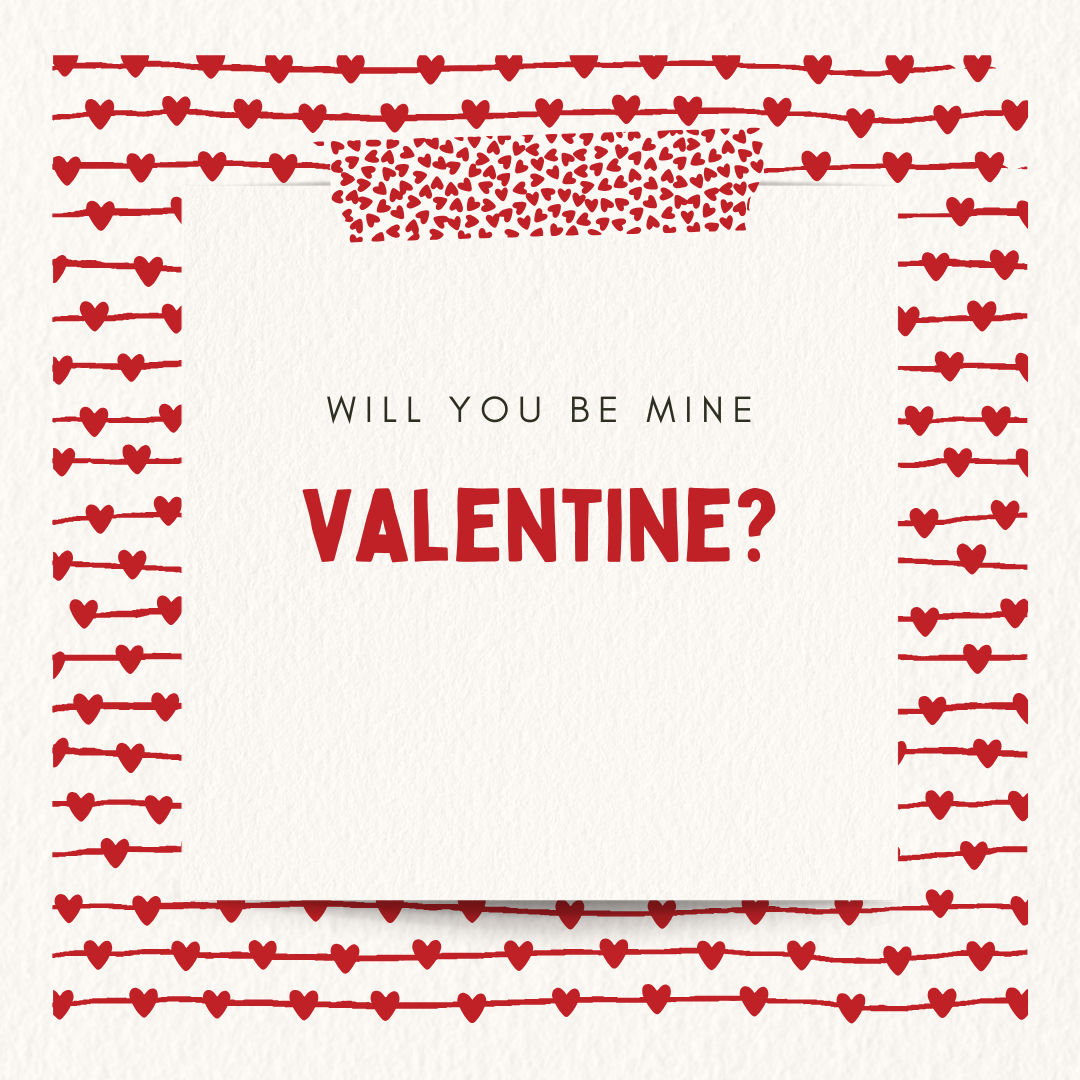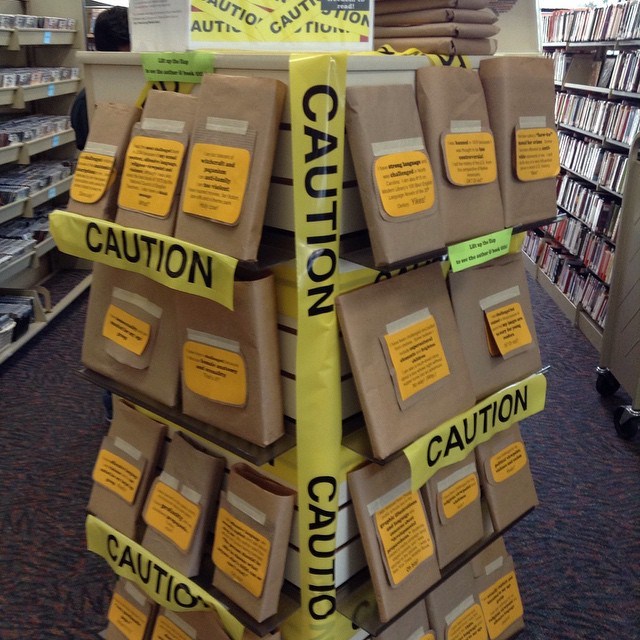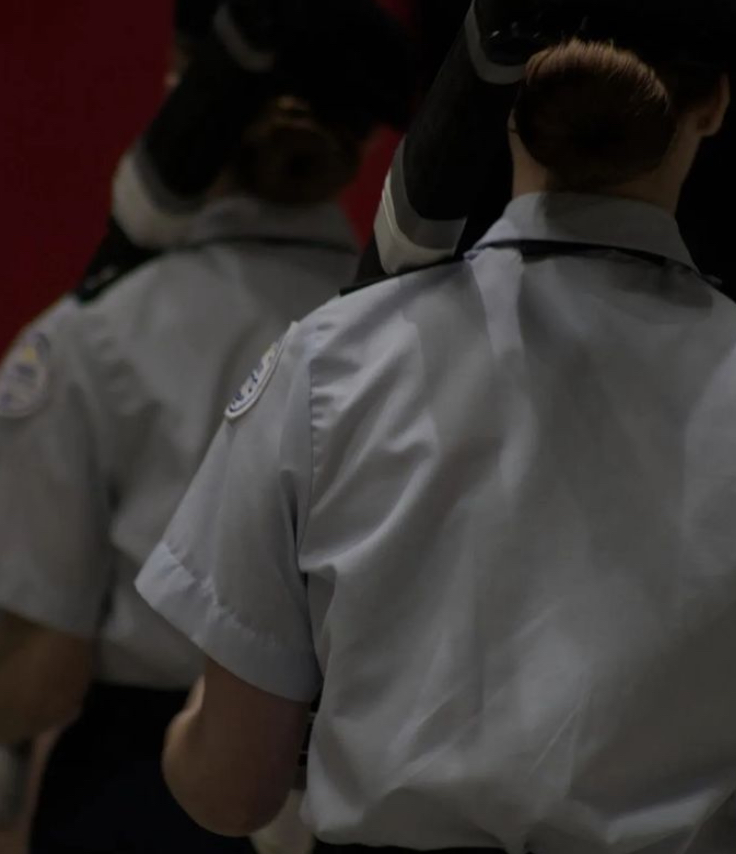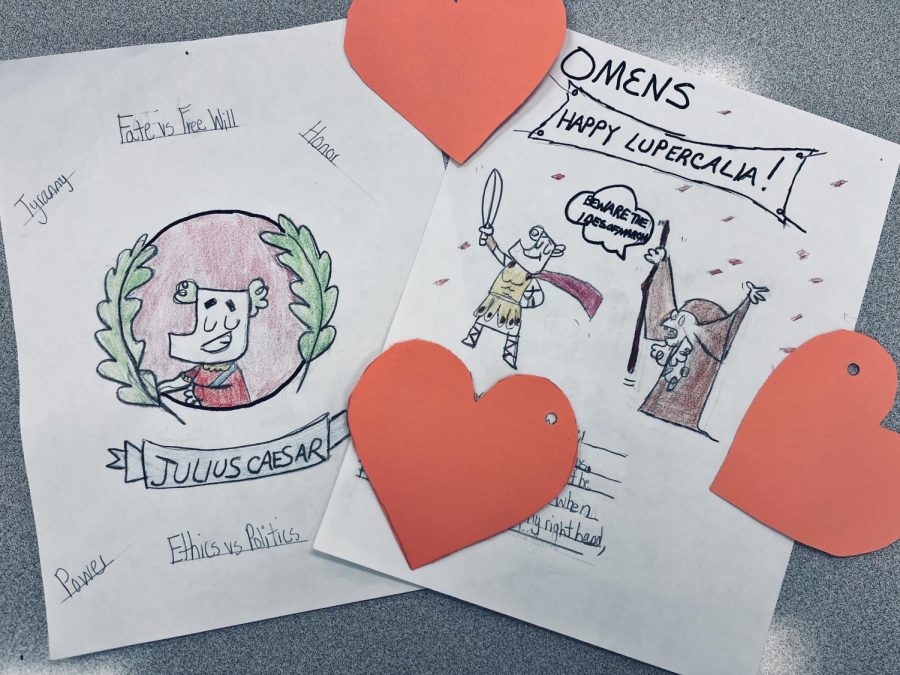Now that Valentine’s is History, Here’s the History on Valentine’s
Photo Illustration by L. Shrewsberry
Ancient Romans are likely responsible for what we know today as “Valentine’s Day”.
February 21, 2023
Valentine’s Day has long been celebrated as a day of love and togetherness, but is it as sweet and
innocent as it seems? You already know the answer— of course it isn’t. We can’t pinpoint the exact time it
started but we can start somewhere. The first record of what we know as Valentine’s Day comes from
Ancient Rome. The Romans celebrated from February 13th to the 15th; in the span of these days, men
would sacrifice goats and dogs— just because they could. As with nearly every celebration in ancient times, a lot of alcohol was
involved. Another thing that would happen during the festival is young women would line up and let the
men hit them with thongs made of animal skins (no, not the ones you’re thinking. They were more like ancient slappy hands). This was in an attempt to make them more fertile.
The Ancient Romans may also be responsible for the name of our modern day of love. Emperor Claudius II executed two men, both named Valentine on Feb. 14 of different years in the third century. Their martyrdom was honored by the Catholic Church with the celebration of St. Valentine’s Day.
Later, in the 5th century, Pope Gelasius I combined St. Valentines Day with another celebration called
Lupercalia to get rid of what he called Pagan rituals. It was still an alcohol-fueled celebration, but the
sacrifices and other traditions were gone. Around the same time, the Normans celebrated Galatin’s Day.
Galatin meant “lover of women.” That was likely muddled into Valentine’s Day at some point.
Shakespeare romanticized it in his wildly popular work “Hamlet”. The tradition made its way to the New
World. The Industrial Revolution ushered in factory-made cards in the 19th century. And in 1913,
Hallmark Cards of Kansas City began mass-producing valentines. After that, February was never the
same, on its way to becoming the mass marketing of tokens of affection that it is today!


















Joanna Lowry • Mar 1, 2023 at 7:04 am
They would use male goats and dogs for a representation of sexuality
Edward Delargy • Mar 1, 2023 at 6:41 am
forever alone